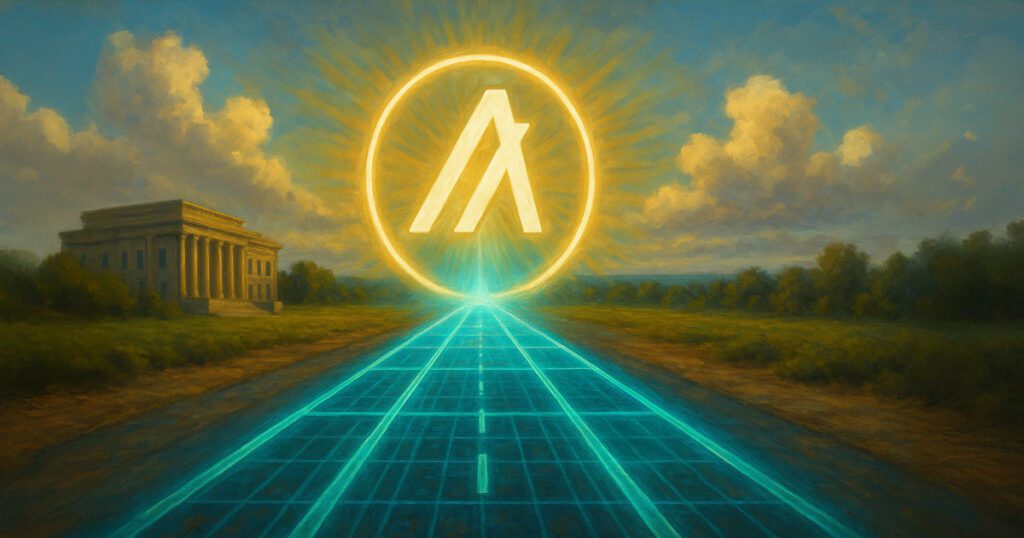The Algorand Foundation has released an extensive new roadmap to revive its ecosystem and drive the adoption of blockchain into everyday life.
The roadmap for over 2025, released on July 31, is a strategic pivot to reassert Algolan’s relevance in markets that are increasingly dominated by competitors such as Solana and Ethereum.
According to CEO Staci Warden, the foundation lays the foundation for a digital infrastructure that reflects real-world economic needs.
She said:
“We are building infrastructure for the future real economy. It will become a system that will make digital identity self-robbery, an agent’s payments a daily reality, and an important tool for wealth accumulation.”
Planned features
An important roadmap element is a redesigned protocol model called “Project King Safety.”
The initiative, which is set to roll out until 2026, aims to remake how fees and incentives work within the network. The goal is to ensure protocols are independent while maintaining robust security. A detailed position paper is scheduled for later this year.
Meanwhile, Algorand is also restructuring its approach to governance. By the third quarter of 2025, the foundation plans to move its grant program into a fully community-driven model.
The move shifts decision-making power to the on-chain governance council’s hands, allowing users to transparently and democratically allocate resources, according to the statement.
Further improvements to the broader governance structure will continue in the coming months, with official proposals and voting frameworks expected to be released by the end of the year.
Additionally, the foundation is working on a new toolkit called Algokit 4.0, which combines AI-assisted coding with faster, more modular smart contract development.
The updated suite, expected for 2026, features a modernized storage framework and extended language support, streamlining the onboarding process for Web3 and traditional technical background builders.
Push it into tokenization
Another of the most important developments on the roadmap is the promotion of asset tokenization.
Algorand constructs smart contract-based representations of traditional financial instruments such as debt and fairness. These tokenized products meet the compliance and interoperability benchmarks according to Actuth Standards.
The minimum viable product of tokenized debt assets is scheduled for the fourth quarter of 2025, according to the network.
The move aims to help Algorand become a leader in traditional finance (Tradfi) and Defi convergence, providing a blockchain native foundation that is compliant with capital markets.
The tokenized asset market has already seen significant expansion, and Ethereum is at the forefront now. However, Ripple projects that the sector could grow to $18.9 trillion by 2033, suggesting there is a great opportunity for other blockchain networks to gain foundations.
It is mentioned in this article



